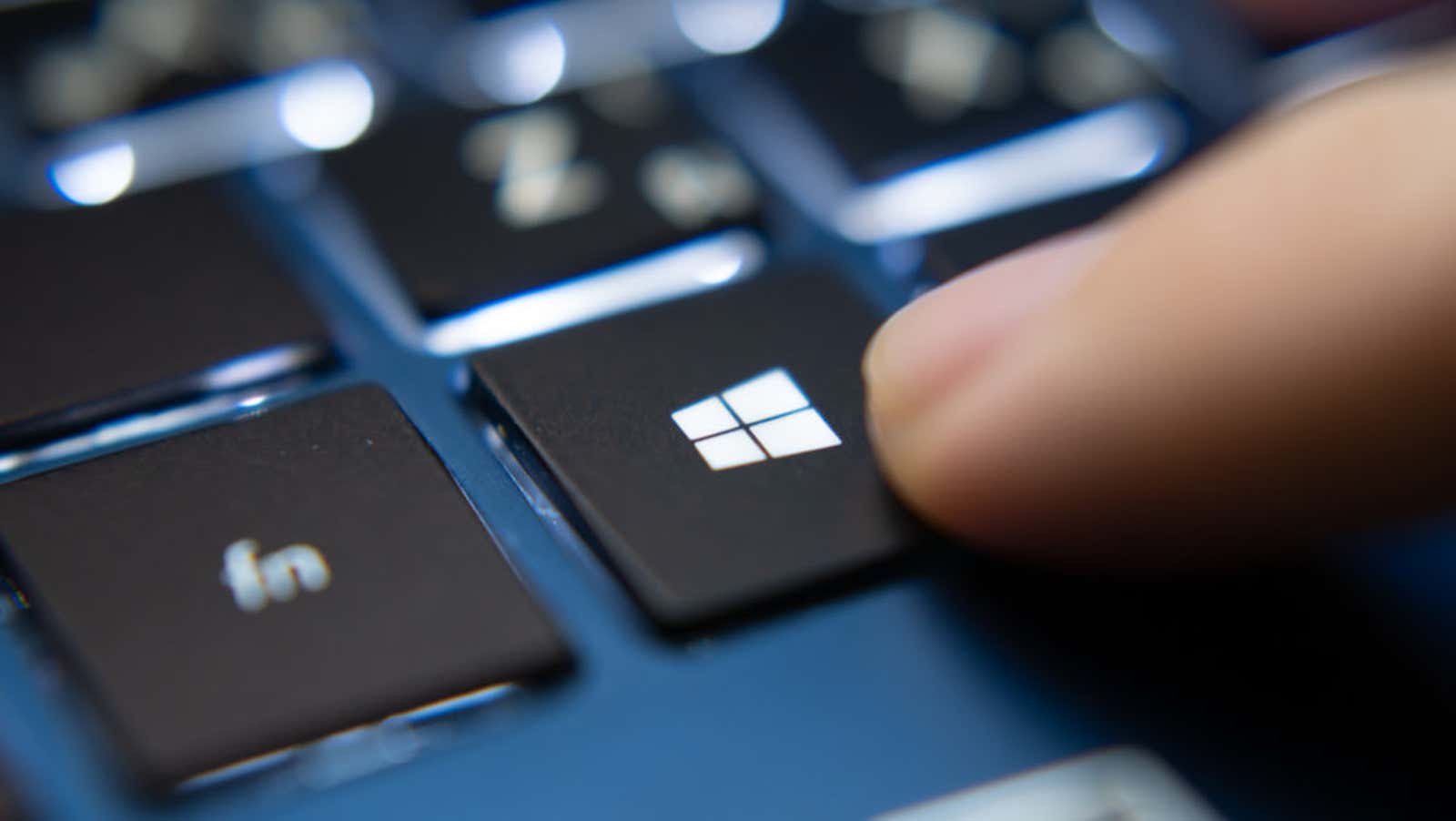Remotely Troubleshoot PC Problems With Windows Quick Assist

It often happens that troubleshooting in person is not possible. Maybe you and the other person live in different cities, or you work in different offices, or the world is locked down due to a pandemic. Be that as it may, a useful Windows 10 feature can help you lend a helping hand to your technically illiterate colleagues, friends, and family remotely.
This is called Windows Quick Assist, and you can use it to access another user’s desktop over the Internet to help them solve any problems they might have with their computer. The tool offers several useful features, including the ability to highlight certain parts of another user’s screen or even manage their system settings.
How to use Windows Quick Assist
To use Windows Quick Assistant, both people must have Windows 10 installed on their desktops or laptops, and both devices must be turned on and connected to the Internet (however, they do not need to be on the same network). If you meet these criteria, you can connect to another person’s computer using Windows Quick Assist by following these steps:
- Search for “Quick Assist” in the Windows Start menu or in the search box on the taskbar.
- Click “Quick Assist” to start the program.
- Select “Provide Help”.
- Follow the onscreen instructions to sign in to your Microsoft account (or create one if you don’t have one).
- After logging in, you will be given a six-digit access code. Keep this handy for the next section.
We now turn to the person you are trying to help.
- On the other person’s computer, ask them to find and run Quick Assist, as we did in the previous section.
- After opening Quick Assist, ask the other person to click Get Help.
- Ask them to enter the six-digit access code you give them and click Submit.
- Ask them to click “Allow” when prompted.
If all went well, you should now have access to the other person’s desktop via Quick Assist. From here, you, as an assistant, can click on the other person’s PC and do what is needed. Both users also have several Quick Assist-related actions available in the app:
- Annotation: This feature allows you to draw on another person’s desktop. This is useful for jotting down notes or highlighting parts of the screen that you want to draw their attention to. Any annotations you make will be removed when Quick Assist is closed.
- Pause: Pauses Quick Assist temporarily. Click here again to continue.
- Restart: Restarts the other person’s computer, but does not disable Quick Assist. The assistant will restore access to the other person’s desktop after restarting the computer.
- Stop: This ends the quick help session. You can also close the Quick Assist window at any time to complete Quick Assist.
- Task Manager: Allows the assistant to open another person’s Task Manager. This is useful if you need to check what programs they are running and you don’t want to explain what CTRL + ALT + Delete means.
When you’re ready to close Windows Quick Assist, simply click Stop and / or close the application window to end the connection. Please note that you will need to repeat the above steps if you wish to reconnect in the future.
[ Windows Central ]